
I always look at
our livestock and wonder how the US managed to get such diverse colours in their
Painted Desert Sheep. My goal for our flock is to focus on colour &
horn genetics; to select for those characteristics until we are consistently producing quality
Painted Desert Sheep that are looked at with pride by our US counterparts.
I want to encourage all of the producers of Painted Desert Sheep in Canada to do the same. This is not going to be an easy road. The US producers have been working on this breed since the 1940's; the Painted Desert Registry was founded in 1997 & that's only 20 years ago.
The goal of the Painted Desert Sheep Society is to preserve, promote & preserve the Painted Desert sheep through selective breeding while striving for colour, temperament, shedding ability, gold star horns, and a lean carcass.
We need to keep in mind at all times that there are disqualifications which include:
- Sheep with polled breeding ( true barbados, st. croix, Kathadin, dorper etc)
- Rams with scur horns
- Sheep that are wooled
- Sheep with more than 1/8 wool breeding- this has changed in the US, but is still allowed in Canada.
At Big Rock, we follow the US guidelines which do not allow any wool breeding.
- Sheep not showing colour in registration photos.
(please refer to the painted desert sheep society website for information on hardship registrations) or the trophy hair sheep association
On this page I
want to focus on a few farms down south who are an inspiration to me.
Their stories of how they built their herds are briefly told. Their stock is incredible, and in a few years from now, I want to be where they
are. Links to these farms are provided. There are many more farms that I admire deeply. You can find them listed on the members page at the Painted Desert Sheep Society website- link on our homepage.
Arrow J Painted Desert Sheep http://arrowjranchpainteddesertsheep.weebly.com/
Arrow J ranch started with two ewes; one had a lamb at her side, the other was pregnant with twins. Their goal was to breed black & white sheep- so that was the selection process. They started with mantle patterning(check their website) and just kept selecting what they wanted.
-------------------------------------------------------------------------------------------
Bentley Farm https://sites.google.com/site/bentleyfarmsheep
Bentley farm started before the breed was recognized. They had the tri-colored barbados type with a white blanket pattern on their backs(Mantle) and some solid colored sheep with white on their faces or legs and tails. That's what was available and that's what they started with. Bentley farm worked with JJ's as the only 2 breeders doing the black and white thing in the 90's. They shared bloodlines and still do. The colors just kept getting better and more predictable. Most every black and white painted desert has either JJ's or Bentley's bloodlines in it. They both select for the color they liked and culled the plainer ones and always have. They have culled nicely colored sheep for size or build and definitely for temperament, but mostly the pretty ones stay. They attempted to introduce some large horned stock to improve the horns, but the flighty personality was more than they could deal with. As you can see their main ram is pretty plainly colored, but he is so calm and his offspring are the same.
-------------------------------------------------------------------------------------------
Ascott Farm https://www.facebook.com/AscottFarm/
Ascott Farms bought stock that they desired; however at times found that the rams and in some cases the ewes didn't throw good colors.
Over time they kept the ewes that threw pretty babies and worked up to the ram through trial and error.
"If you want to produce spotted sheep; you can't do it with solid colors."
-----------------------------------------------------------------------------------------
Rusty Rail Ranch https://www.facebook.com/rustyrailranch
Rusty Rail has been working on Painted Deserts for about 3 years. They started with Blackbelly Barbados and switched to Painted Deserts because of their coloring. They bought their flock little by little over those 3 years; collecting animals that had good color genetics & selling off ewes etc that weren't producing the color they wanted. They have always maintained that ewes are equally important as rams so they played around with different color combos. Rusty Rail Ranch currently uses 4 different breeding rams.
Networking with other seasoned breeders and getting on wait lists for lambs is helpful in building a flock.
-------------------------------------------------------------------------------------------
Circle C Ranch https://www.facebook.com/CircleCRanchTX/
Circle C's Mark Chaney is my mentor. He made the huge trip from Texas to our place in Canada to bring us our two rams from Texas. He is a wealth of knowledge, and is passionate about these animals. He helps me a lot; deciding which direction to go with our herd. One of his herd sires Storming Romeo is one of the reasons we chose Circle C ranch. Below are some pictures of Storming Romeo as a baby, and as he has aged. You can see how his coat has changed; morphing into something completely different from where it started from- the amazing coat of the Painted Desert Sheep
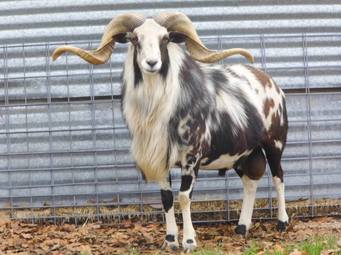
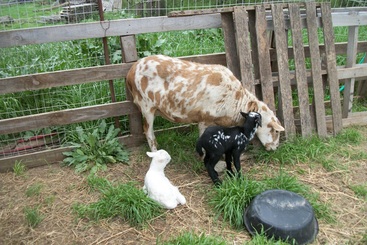
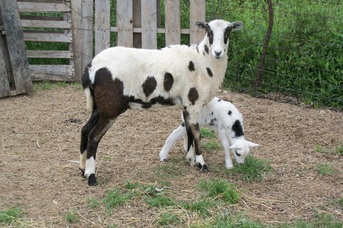
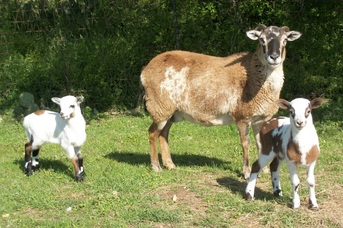
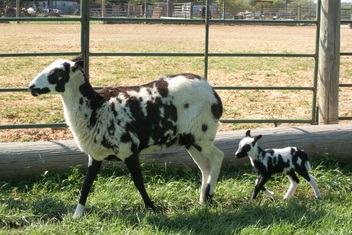
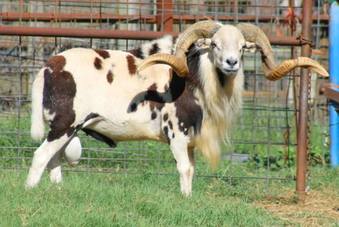
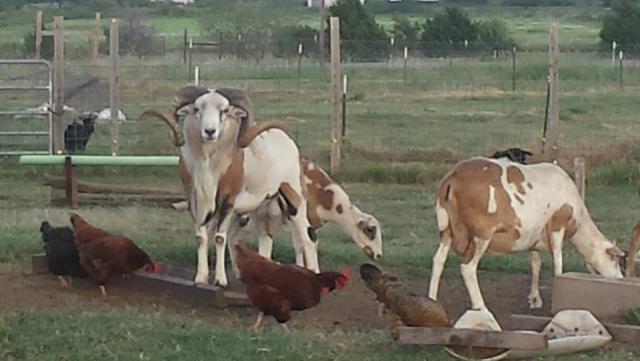
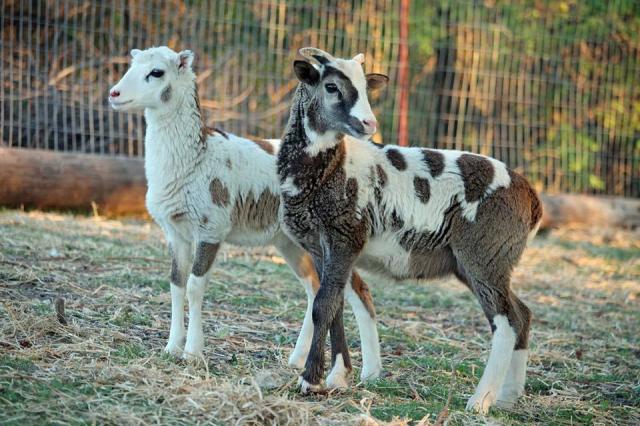
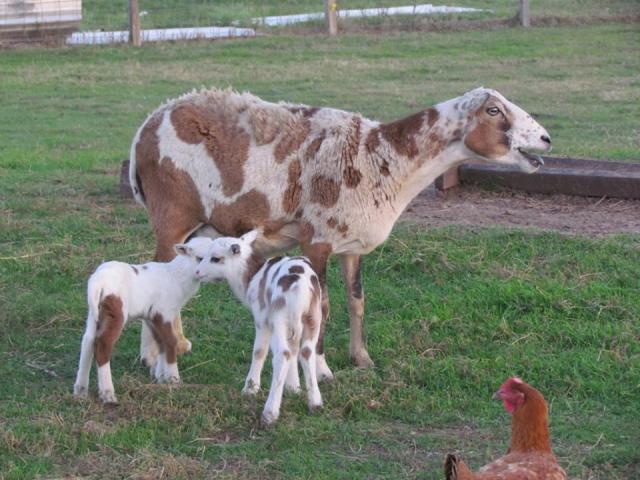
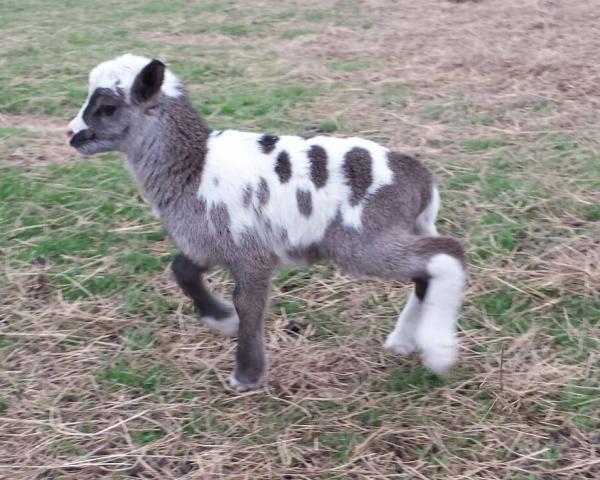
I love the mouflon characteristics which you can see on these two young ones
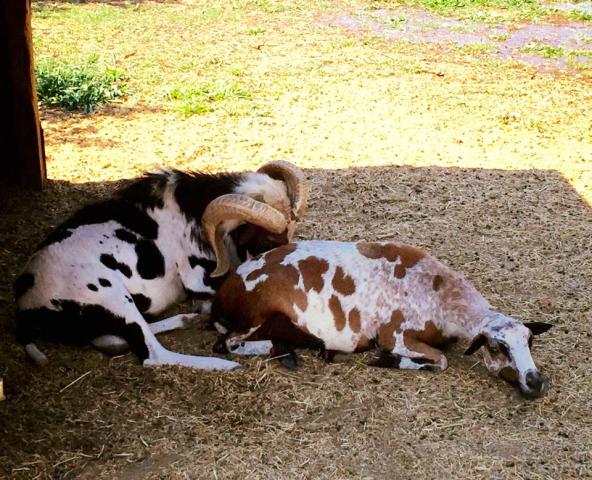
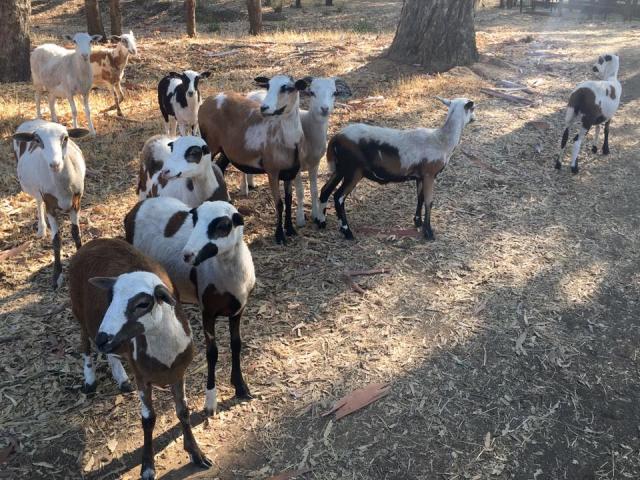
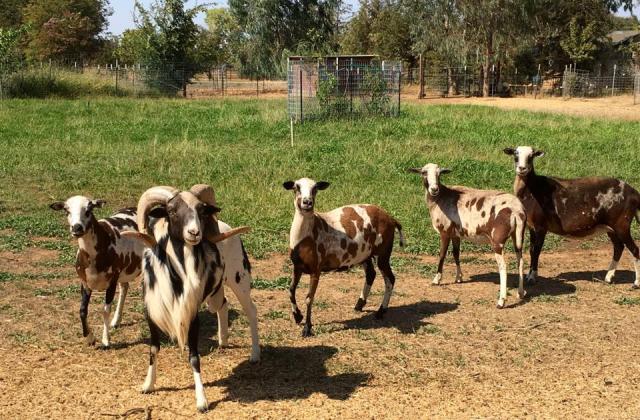
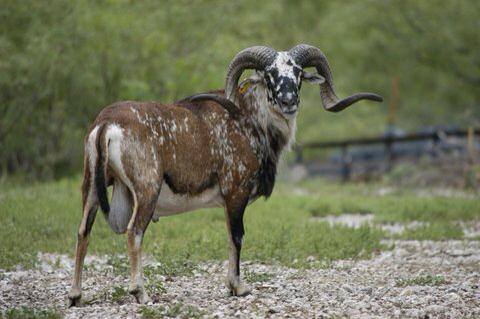
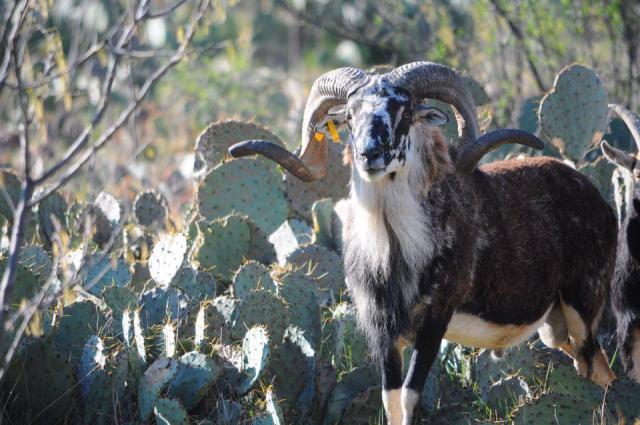
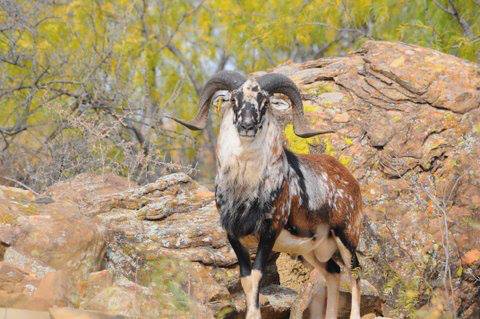
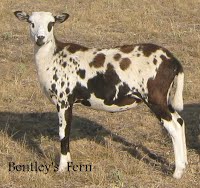
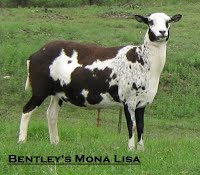
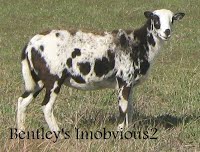
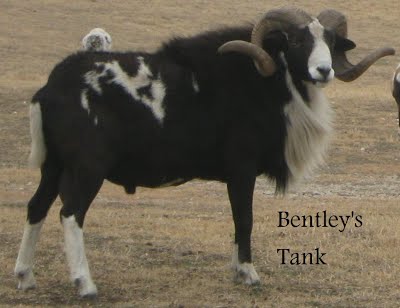


We are planning another trip down south in the next few years to add some new blood to our flock
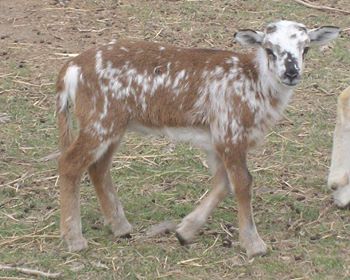
My appologies for this page - the platform that Telus uses does not allow for the text & pics to not be jumbled up- pending me transferring all data to a new platform...sigh...
